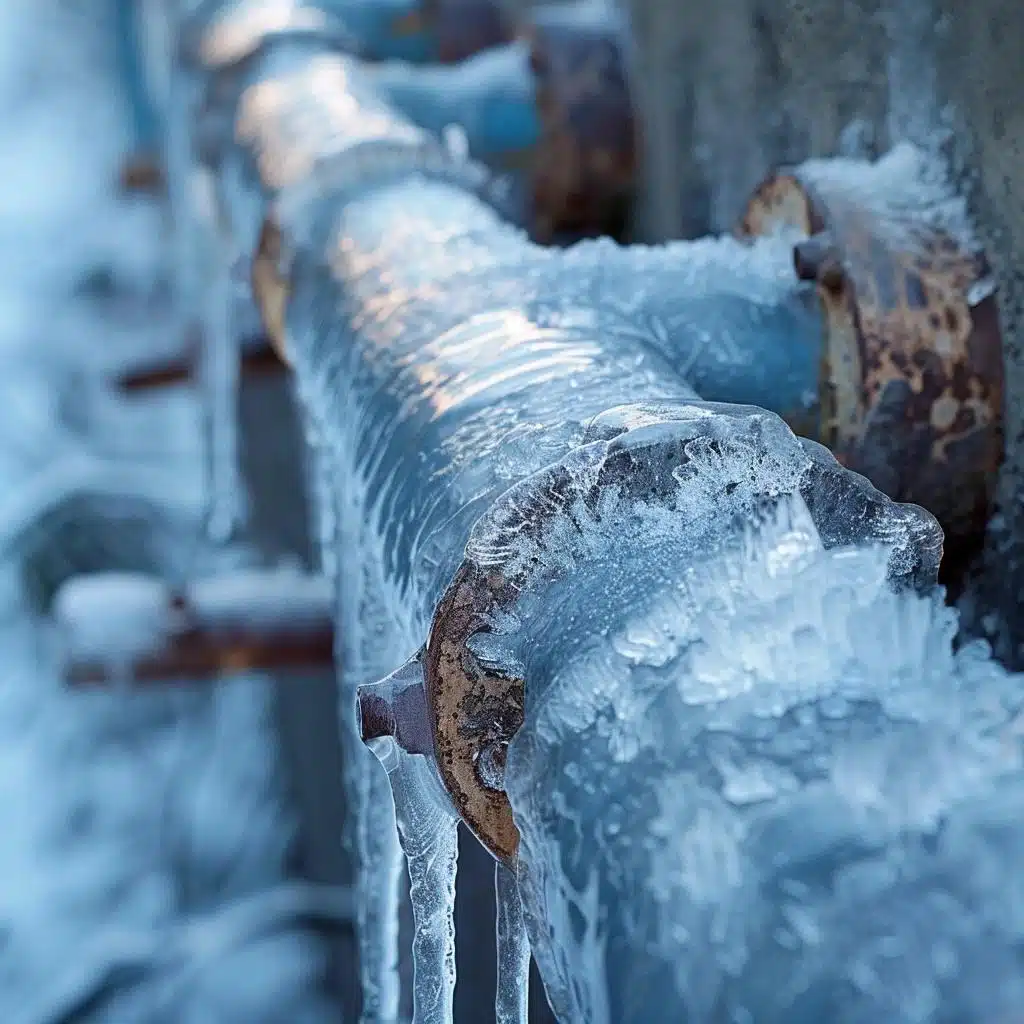Ways to Maintain Your Pipes from Cold Weather Damage: Important Guidance
Ways to Maintain Your Pipes from Cold Weather Damage: Important Guidance
Blog Article
We've discovered the article relating to How To Avoid Freezing Pipes below on the internet and felt it made perfect sense to talk about it with you in this article.

Winter can ruin your plumbing, particularly by freezing pipelines. Below's how to stop it from taking place and what to do if it does.
Introduction
As temperatures drop, the risk of icy pipes increases, possibly causing pricey repair services and water damages. Comprehending just how to prevent frozen pipelines is essential for house owners in cool climates.
Understanding Icy Pipelines
What causes pipes to ice up?
Pipelines ice up when exposed to temperatures below 32 ° F (0 ° C) for extended periods. As water inside the pipelines freezes, it expands, taxing the pipe walls and potentially causing them to burst.
Dangers and problems
Icy pipelines can bring about water system interruptions, building damage, and expensive repairs. Burst pipelines can flooding homes and create extensive architectural damages.
Signs of Frozen Pipeline
Recognizing icy pipes early can avoid them from breaking.
Just how to recognize frozen pipelines
Try to find lowered water flow from taps, unusual odors or noises from pipes, and noticeable frost on exposed pipes.
Prevention Tips
Insulating at risk pipes
Wrap pipelines in insulation sleeves or use warm tape to secure them from freezing temperature levels. Focus on pipes in unheated or outside locations of the home.
Home heating strategies
Maintain indoor spaces appropriately warmed, specifically locations with pipes. Open up closet doors to permit cozy air to distribute around pipes under sinks.
Protecting Exterior Pipes
Garden pipes and outdoor faucets
Disconnect and drain pipes yard hose pipes before winter. Mount frost-proof spigots or cover outdoor faucets with protected caps.
What to Do If Your Pipes Freeze
Immediate activities to take
If you presume icy pipelines, maintain taps open up to soothe pressure as the ice melts. Make use of a hairdryer or towels taken in hot water to thaw pipelines gradually.
Long-Term Solutions
Architectural adjustments
Consider rerouting pipes away from outside walls or unheated locations. Add additional insulation to attic rooms, basements, and crawl spaces.
Upgrading insulation
Invest in top quality insulation for pipes, attics, and walls. Appropriate insulation assists keep consistent temperatures and decreases the danger of frozen pipes.
Final thought
Avoiding frozen pipes calls for positive procedures and quick reactions. By understanding the reasons, indications, and preventive measures, homeowners can shield their plumbing throughout cold weather.
6 Proven Ways to Prevent Frozen Pipes and Protect Your Home
Disconnect and Drain Garden Hoses
Before winter arrives, start by disconnecting your garden hoses and draining any remaining water. Close the shut-off valves that supply outdoor hose bibs and leave the outdoor faucet open to allow any residual water to drain. For extra protection, consider using faucet covers throughout the colder months. It’s also important to drain water from any sprinkler supply lines following the manufacturer’s directions.
Insulate Exposed Pipes
Insulating your pipes is an effective way to prevent freezing. Pipe insulation is readily available at home improvement stores and is relatively inexpensive. Pay close attention to pipes in unheated areas such as the attic, basement, crawl spaces, or garage. Apply foam insulation generously to create a buffer against the cold. You can also wrap your pipes in heat tape or thermostat-controlled heat cables for added warmth.
Seal Air Leaks
Inspect your home for any cracks or openings that could let in cold air. Seal any holes around the piping in interior or exterior walls, as well as the sill plates where your home rests on its foundation. Additionally, make sure to keep your garage door closed unless you’re entering or exiting. Leaving it open creates a significant air leak that can lead to frozen pipes.
Allow Warm Air Circulation
During cold snaps, it’s essential to allow warm air to circulate evenly throughout your home. Leave interior doors ajar to promote better airflow. Open kitchen and bathroom cabinets to help distribute heat consistently around the rooms. If you have small children or pets, be sure to remove any household chemicals or potentially harmful cleaners from open cabinets for safety.
Let Faucets Drip
A small trickle of water can make a big difference in preventing ice formation inside your pipes. When temperatures drop significantly, start a drip of water from all faucets served by exposed pipes. This continuous flow helps prevent the water from freezing. Additionally, running a few faucets slightly can relieve pressure inside the pipes, reducing the chances of a rupture if the water inside does freeze.
https://choateshvac.com/6-proven-ways-to-prevent-frozen-pipes-and-protect-your-home/

I was brought to that article on How to prepare your home plumbing for winter weather from someone on a different website. In case you liked our post plz remember to share it. Thank-you for taking the time to read it.
Visit Homepage Report this page